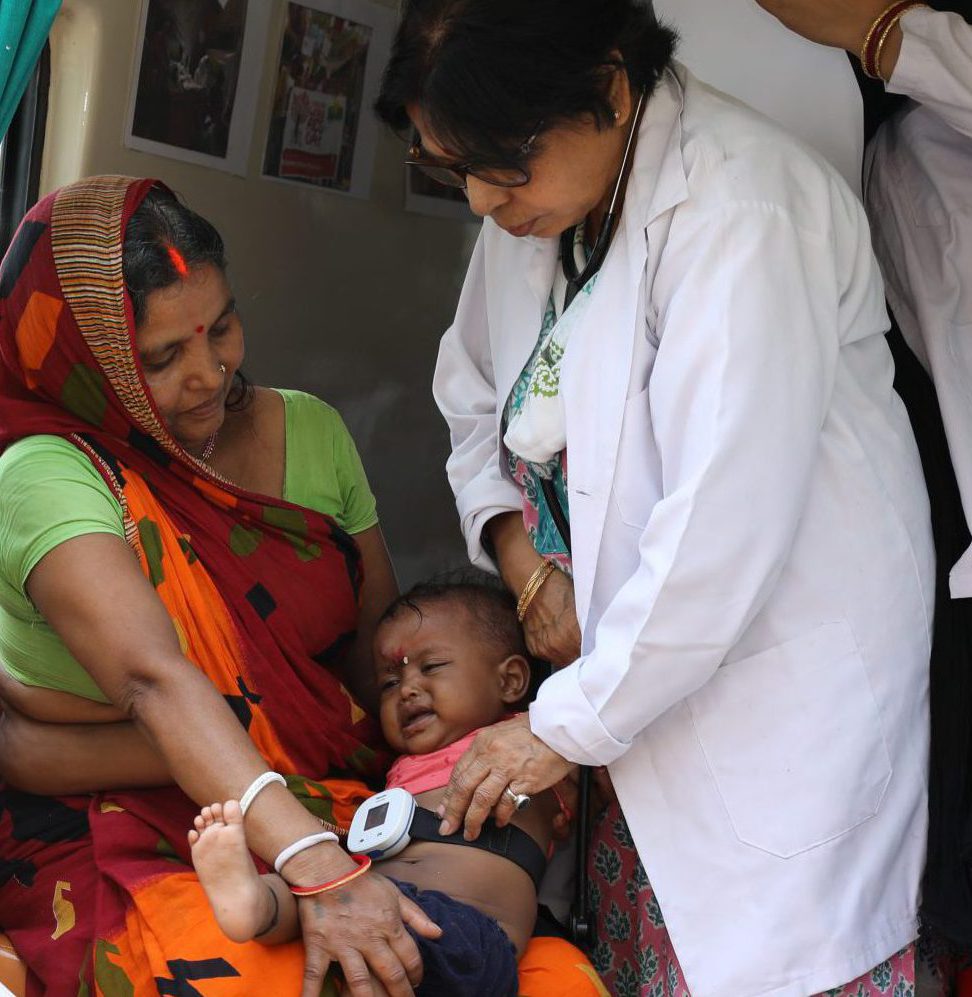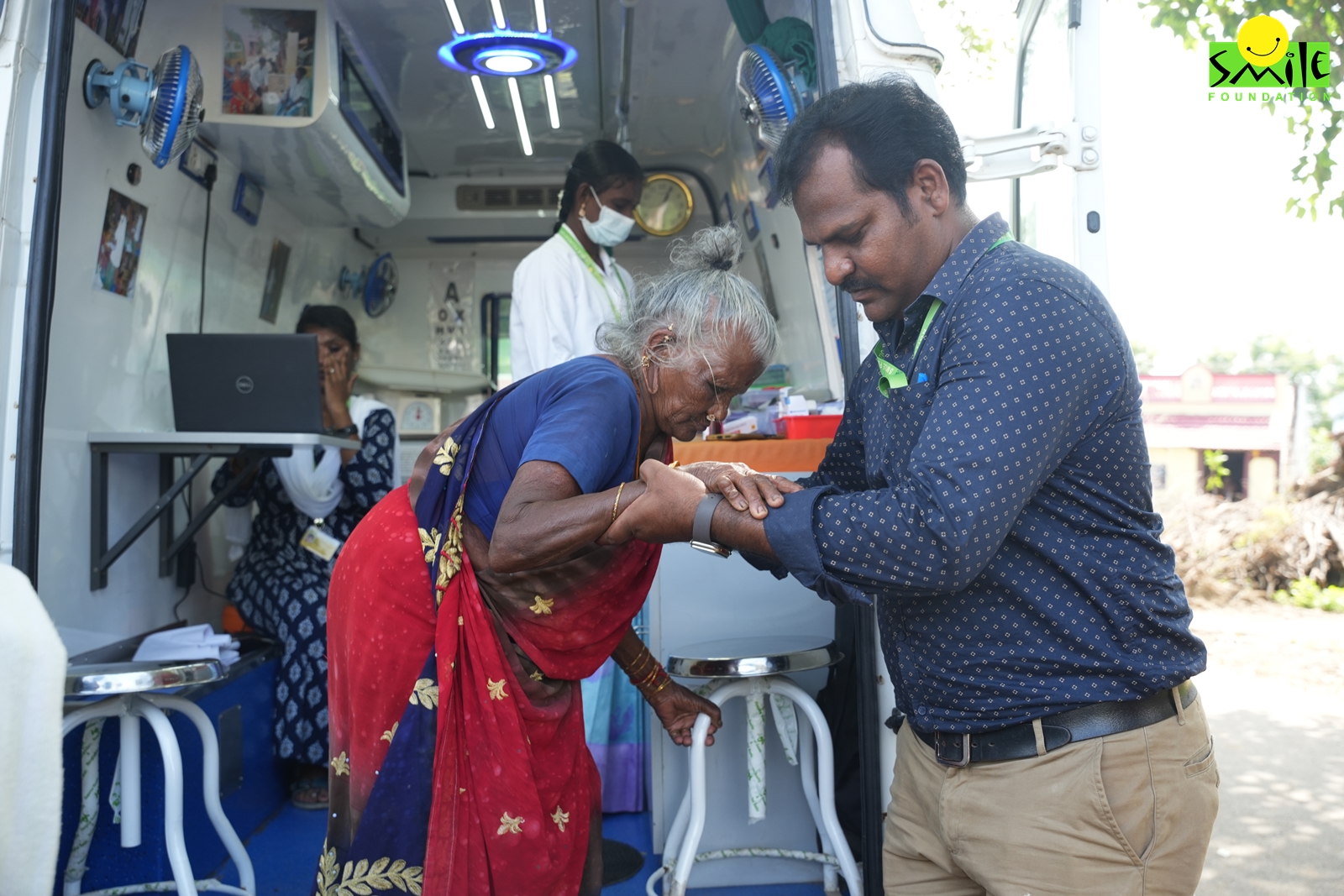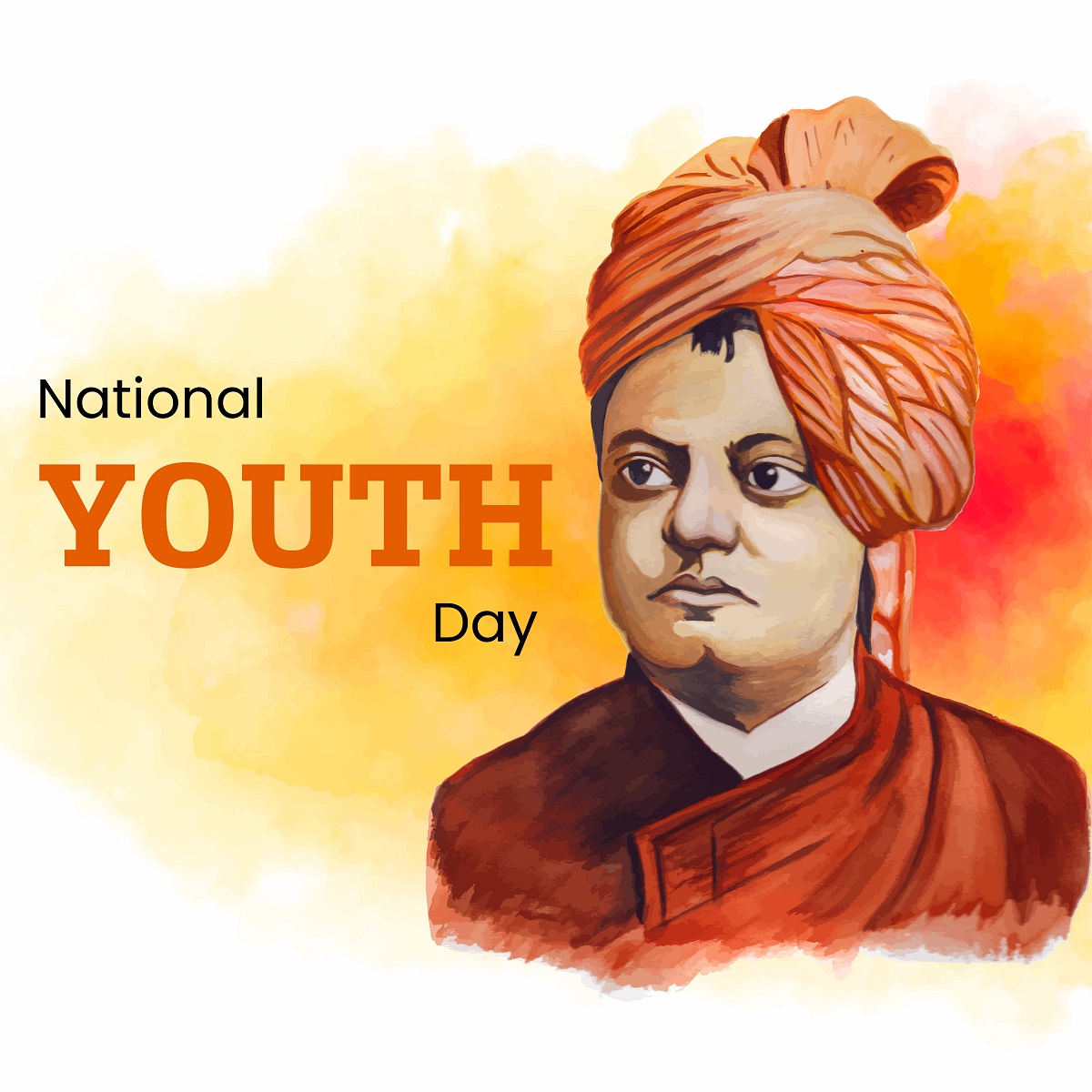Human resources are like natural resources; they’re often buried deep. You have to go looking for them; they’re not just lying around on the surface. You have to create the circumstances where they show themselves. – Ken Robinson
The group of individuals who work for a certain company, business sector, industry, or economy is referred to as its human resources. Human capital, or the knowledge and abilities that people possess, is a more specific idea. Manpower, labour, personnel, colleagues, or simply “people” are comparable concepts. Therefore, the people who manage the human resources have a very important task.
Covid-19 started a number of discussions on the problems with the health systems throughout the world, including their inability to handle the high amount of admissions and the lack of access to basic medical services, diagnostic tools, and treatment alternatives. The lack and unequal distribution of healthcare personnel have been a fundamental issue for the medical community for decades. The World Health Organization (WHO) defines human resources for health (HRH) as “people engaged in activities that primarily promote health” in order to broaden the idea’s application.
One of the most significant structural issues for policymakers and planners has been the global lack of HRH and discrepancies in their distribution between areas and nations. Worldwide, achieving a certain minimum level of HRH has been a top aim. Recognizing its significance, WHO and the UN have prioritised appropriate HRH on the health and development agenda and pushed other nations to follow suit. Increased HRH density—that is, the number of HRH professionals per 10,000 people—has been linked to lower rates of infant and maternal mortality, lower disease loads, and better vaccination, according to cross-country assessments.
Such statistics have been utilised over the past few years to estimate the minimal amount of HRH needed for a population of 10,000 (threshold of HRH requirement). Below this line, it is thought that the areas won’t be able to provide the people with the desired degree of health coverage.
Why is Primary Health Care Important?
Daily medical requirements are handled by primary care professionals (PCPs) . You’ll stay healthier and pay less for healthcare if you have a long-term connection with a PCP. A PCP can help you seek more advanced care if you need it, treat you when you are ill, and educate you how to stay healthy. It takes time to choose the best PCP for you, but in the long term, it will enhance your health.
A PCP can assist you in maintaining good health and also provide first care for any emerging medical issues. Find a PCP who will work with you on your long-term care, and schedule frequent exams. Your PCP can assist you in identifying and treating a variety of health problems. A PCP may provide you advice on how to live a better lifestyle, offer necessary prescriptions, do illness screenings, and suggest specialists as required.
Look for a PCP who matches your requirements and personality.
Human resources for Health in India
Over the past 75 years, the state, market and people of India have actively changed the country’s health human resource situation. In the 1940s, there were few qualified healthcare professionals and few schools offering health sciences courses. Since then, a vast army of health workers and specialists has emerged from several disciplines.
The basic, secondary, and tertiary care provided at primary, secondary, and tertiary levels in both the public and commercial sectors is largely dependent on India’s commitment to the UHC. Through the national health Mission NHM, which was started in 2005–2006 and lasted beyond 2003, the public health system in India was made community-centric as opposed to structural changes, serving as a social vaccination throughout the pandemic with frontline health workers as crucial employees.
Inadequacies in the health workforce must be filled since it serves as a pillar of support for the entire population in both good and bad times.
Challenges
Accessibility to healthcare in rural parts— it can be exceedingly difficult to send trained medical personnel to rural, underserved, and remote areas. Healthcare accessibility in rural areas: Only around 26% of India’s doctors practise there, despite the fact that roughly 69% of its citizens reside in villages.
Doctor shortage— There is only one doctor for every 1,000 Indians, and the number of specialists is sometimes only one-tenth of what is needed.
The total nurse to doctor ratio is 1.7:1, while the ratio of allied health professionals to doctors is 1:1, according to research from the World Health Organization and Public Health Foundation of India. According to the NSSO (2017–18), labour force estimates, the doctor-to-nurse ratio is under 1:1.3. There are about 3-4 nurses for every doctor in OECD nations.
The dynamics of public health, health policy, and demography have changed throughout time, but the country’s health curriculum has not kept up. Instead of emphasising primary and preventative healthcare for the community, education for health professionals is more clinically and technologically geared toward a treatment-centric curative paradigm.
WAY AHEAD
Instead, the government has to simplify the processes for establishing medical schools, invest more in infrastructure, and offer incentives for the growth of a rural health-care ecosystem.
The following suggestions are made by Oxfam India in order to improve the overall situation for human resources for health and advance toward uniform health coverage—
In the healthcare industry, a thorough human resource policy needs to be created. The number of qualified physicians and other health professionals should be increased, and appropriate policy measures should be implemented to fill all open posts.
In order to entice skilled health professionals to work in rural and distant locations, the public sector will need to develop suitable packages of financial and non-financial incentives. To stop the waste of our limited resources and solve the issue of a scarcity of health personnel, policy should be put in place to limit foreign migration.
Human Resource Management in Healthcare
In the healthcare sector, human resource management (HRM) is crucial for luring qualified candidates and keeping dependable employees.
In the healthcare industry, HRM does a lot more than just send out open enrollment benefit packets. Although many of us may only think of them in that type of constrained capacity, the field is considerably more expansive. Human Resource Management in hospital administration is involved in the hiring, firing, and resolution of labour, management, and employee issues. It also handles legal issues pertaining to the facility and any foreign-hired workers, as well as the training and development of the staff.
The orientation of new employees is coordinated by the HR department. Training and development provide a healthcare institution the assistance it needs for staff growth and hiring procedures. Additionally, it assists in training potential leaders for future administrative and supervisory positions. Clearly, there is a huge importance of human resource management in hospitals.
Smile Foundation’s Role
Smile Foundation has been actively involved in giving medical services to the vulnerable families and educating them. The Smile on Wheels programme has given free healthcare services to 1.5 million people. Do Contribute for healthier families and lives!









